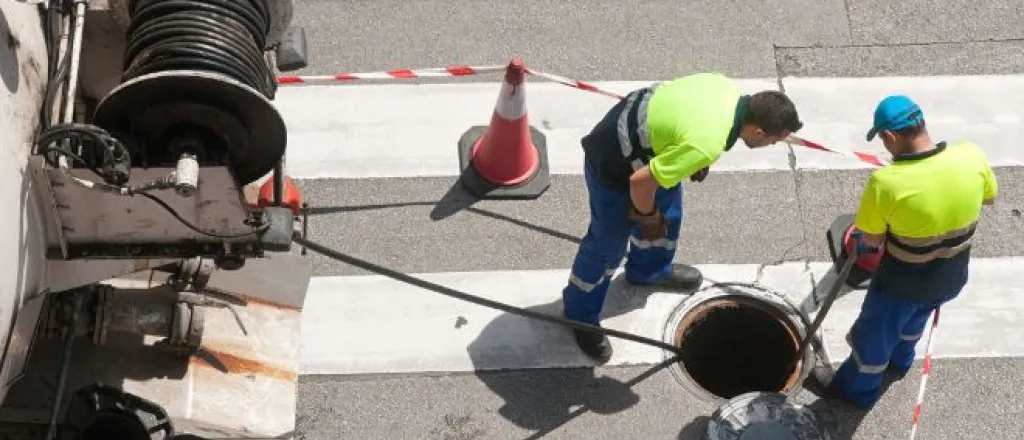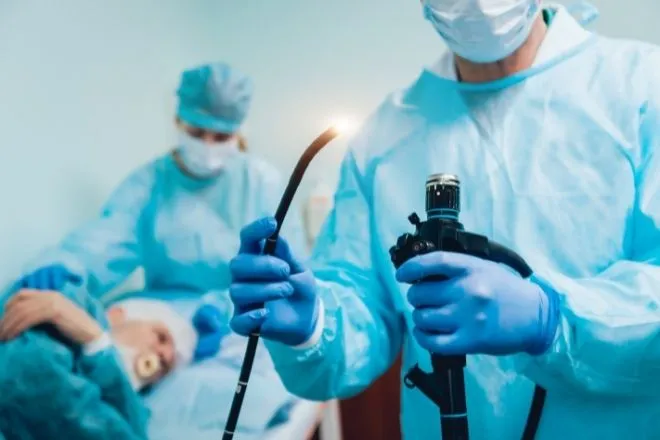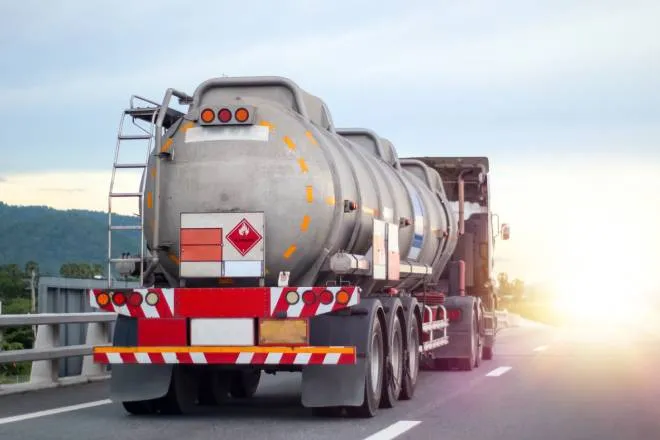
Essential infrastructure for sewage systems
Sewage management is essential, especially in areas with high population densities. Failures in waste disposal can lead to increased pollution in the ecosystem, environmental degradation, and potential water contamination.
The essential infrastructure for sewage systems will keep communities safe while ensuring the proper disposal of waste.
Pipes
One of the first things that come to mind when considering sewage infrastructure is the miles of pipes and cisterns needed to cycle water from source to destination and back again. Drains, overflows, and other types of infrastructure are essential for channeling water into the sewage system.
These systems can pipe water and wastewater to nearly any location with the correct setup. Homes, businesses, and industrial centers use pipes as central arteries to transport liquids throughout the waste management network.
Manholes
Sometimes, maintenance workers need to access hard-to-reach locations within the waste management network. Manholes offer easy access for individuals to inspect and maintain the sewage network. They also provide a vent so pressure can escape without rupturing any utilities.
Workers use manhole covers to ensure the public can’t easily access these sewer systems and to prevent individuals from accidentally falling in and getting injured. They also block some of the excess odors seeping from underground. Choosing the right manhole cover will ensure it fits snugly and doesn’t come loose.
Pumping stations
Wastewater doesn’t immediately return to the local water supply when flushed away. Sewage systems must first remove germs, bacteria, and other contaminants to ensure they don’t get into the local ecosystem. Pumping stations are an essential stop on the way to water treatment facilities.
These facilities collect wastewater returning to the sewage system and store it in large pools for decontamination. They use multiple phases to ensure the water is as clean as possible. Separation, filtration, and treatment with chlorine remove most of the raw pollutants.
Modern life is only possible with sewage management
High-population areas require reliable sewage management practices to ensure people stay healthy and clean. Failures in sewage infrastructure can have lasting effects on communities.
Having the essential infrastructure for sewage systems in place makes it easier for people to go about their lives without worrying about health risks from contaminants in the water supply.

















